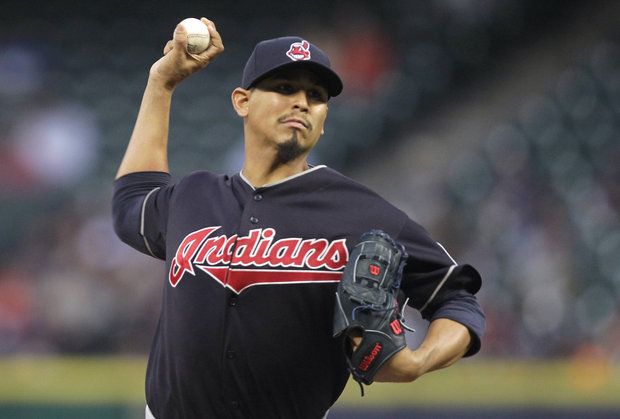
I truly enjoy learning about and embracing different cultures. I have been fortunate to have traveled quite extensively. My husband is Colombian, and attending family functions is always festive. Even though the family members can speak English, Spanish is heard throughout the home and on the phone. I have learned many enduring phrases such as “Amorcito” and “besitos” but, until I become a bit more knowledgeable I will continue to smile and nod… a lot. However, wanting to be included in the conversation, it has motivated me to become more focused on learning the language.
Which brings me to the topic of the language(s) of baseball. Many players are recruited from Latin American countries. So much that last year Major League Baseball (MLB) required all teams to employ an interpreter. The language barrier can create challenges for foreign players upon their arrival, whether it is finding housing, or going to the grocery store, let alone communicating with fellow teammates.
For example, Carlos Carrasco (Cleveland Indians) wrote in an essay for the Players’ Tribune earlier this year that he ate Domino’s pizza for 90 consecutive days during his first spring training with the Phillies in 2004. He was the ripe old age of 16, and with his family in Venezuela, he was all on his own. Domino’s rewarded him with one month of free pizza for being such a valued customer. He simply did not know how to order anything else. Eventually he learned English by talking and reading with his teammates. Little by little he added phrases and ultimately conducts his interviews in English. Last spring Carrasco attained his U.S. citizenship.
Roberto Perez, a fellow Indian teammate of Carrasco, opted not to sign right out of high school with the Dodgers in 2006 partly because he did not know the English language. He did not want to be considered the catcher who couldn’t communicate with the pitchers. He thought it would have hindered his chances of moving up through the minors. He attended college for a couple of years to boost his comprehension and the Indians selected him in the 2008 amateur draft.
It isn’t just about the Hispanic players, baseball is constantly increasing in internationalism and players from many nations, such as Japan, Curacao, and South Korea (just to name a few) are joining the ranks of the MLB. Obviously, playing pro ball does not leave the players with much time to study English. But, the MLB’s mission is to recruit the best players in the world and they are aware of the hurdles that their international players face so they are finally fulfilling the obligation of offering them the tools to aid in their transition to the big leagues.
The following articles contributed to this content: http://www.cleveland.com/tribe/index.ssf/2017/05/the_language_of_baseball_how_b.html and https://www.theplayerstribune.com/carlos-carrasco-baseball-citizenship/
By Sandra K. Geringer
Sandra Geringer is Acting Director of Sport Studies at the United States Sports Academy. Geringer can be reached at sgeringer@ussa.edu.